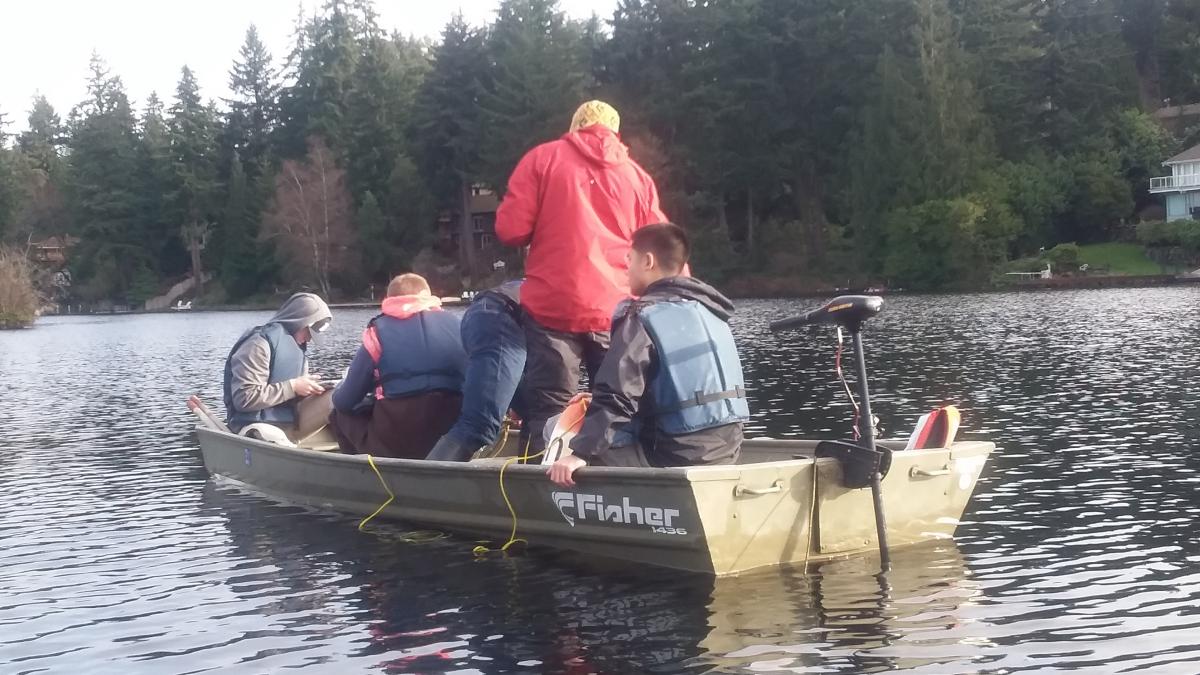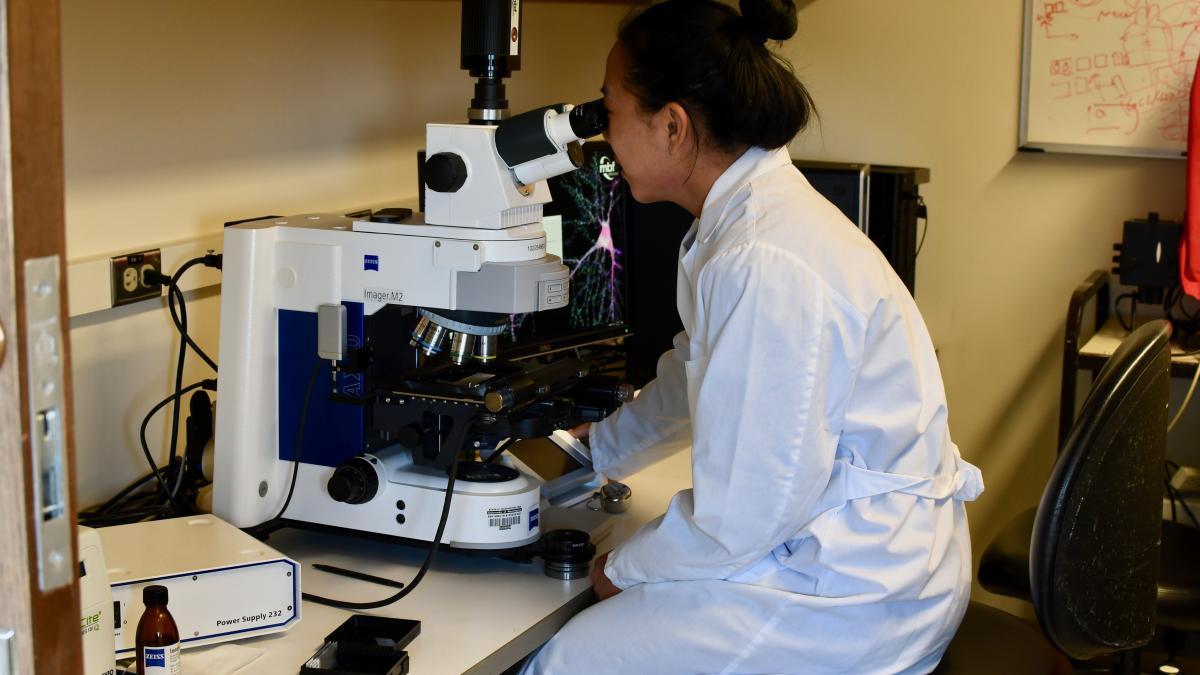The National Institute of Environmental Health Sciences uses a translational research framework that draws from biomedical models to illustrate the translational research accomplishments for a given research project. The model consists of a series of concentric rings with multiple nodes and defines “translation” as movement either between rings or between nodes. The framework is meant to help researchers map their translational milestones and increase their public health impacts by identifying opportunities for further translation. Each of UW SRP's four research projects have created their own research translation maps to categorize their activities from "fundamental questions" or basic science out to "impact" or improvements in environmental and public health resulting from policy or behavioral change.





